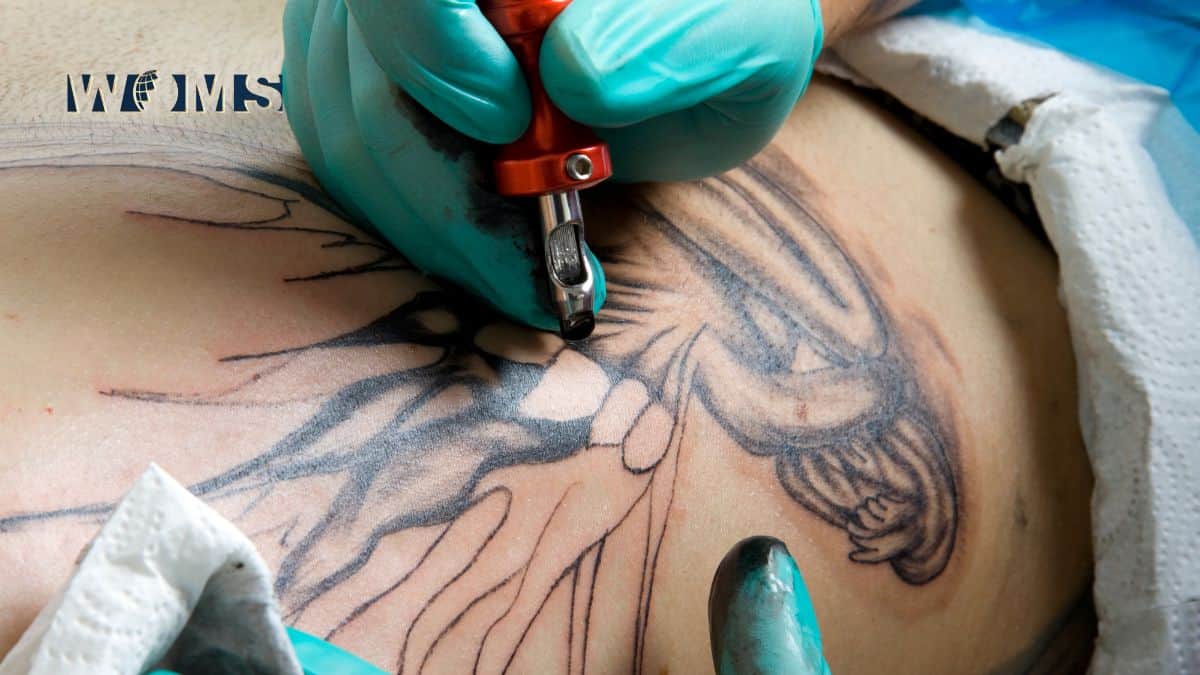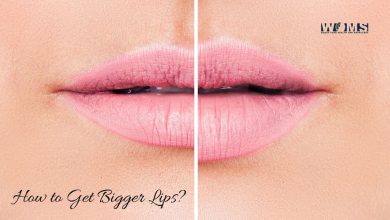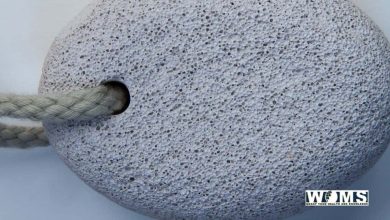Itachi Tattoo: Is it Harmful?

The Itachi tattoo symbolizes strength, dedication, or passion. Japanese tattoos, including the Itachi Uchiha character, are more popular than the other designs. It is quite similar to the American and European cultures, where they used to ink famous phrases or names. Itachi tattoos are equally popular among males and females of any age.
Itachi is a fan-based character, symbolizing power, loyalty, and courage. This article is about all the important details that you need to know about Itachi tattoos. Moreover, it will also help you guide about the cost and health hazards associated with these itachi tattoos. Give it a thorough read to grab details related to these tattoos.
History of Itachi tattoos
Itachi is an anime character that people usually love to ink on their bodies to show strength. Itachi belongs to the renowned Uchiha family. At the age of 7, his life totally changed as his elder brother murdered the whole family. After this incident, Itachi joined a group of ninjas, named Akatsuki. He specialized in revenge and assassination. He became the leader of the group because of their qualities.
Itachi performed the legendary role of being the leader of the group. He murdered his whole family in a secret mission without any hesitation. Itachi’s character anime performed multiple roles as a villain. Despite being the villain, his early life struggles, murderous pathway, and his sacrifices for his town personify the features of courage, sacrifice, and loyalty towards his group.
What is the significance of these itachi tattoos?
Itachi tattoos exhibit a strong character to highlight Itachi’s pride and courage. In addition, it also personifies his allying power with other villages and nations that includes Ame and Otogakure. These Itachi tattoos are popular because they are quite unique and attract the attention of other people. These tattoos are quite bold and are drenched with deep red eyes, similar to Itachi’s eyes in the series.
How are these Itachi tattoos done?
Tattoos are permanent marks or designs embodied on your skin with different pigments. These pigments are injected into the upper skin layer through pricks. Most tattoo artists prefer hand-held machines to create itachi tattoos. These handheld machines are similar to sewing machines with multiple needles to pierce your skin repeatedly. With every skin puncture, these needles inject tiny droplets of ink to make a tattoo.
This process is sometimes done without anesthetics. It may cause a small amount of bleeding and pain during the procedure.
What are the common health risks associated with Itachi tattoos?
Tattoo ink is injected into the upper layer of the skin with a pricking method. These tattoos may cause multiple health risks even when these tattoos are freshly inked. At this stage, your skin is in the healing phase so it requires proper care to avoid the side effects of these tattoos. Some of the health hazards of these itachi tattoos are as follows:
Skin Infections
Tattooing is a skin art and a damaging process for your skin to pierce your skin repeatedly. This process usually involves the dermal and epidermal layers of the skin to inject the ink. Your skin needs a proper healing phase after you get a tattoo. So your tattoo artist provides you with a list of healthy tips to avoid any kind of skin infection. Moreover, an infection can also occur if non-sterile water is mixed with the ink prior to injection in the skin.
You are more prone to skin infections during the first two weeks after the tattoo formation. The most common symptoms include itchiness, redness, or watery discharge from the skin. You may get swelling in the affected area. If the infection persists, you may suffer other symptoms like fever and chronic illness.
Allergic reaction
After getting a tattoo, your skin may initiate an allergic response to the ink used for the tattoo. It is most common if the ink contains plastics. Research suggests that red, yellow, blue, and green pigments induce more allergic reactions. For Itachi tattoos, the tattoo artist usually uses red pigments to denote the specific features of Itachi. Therefore, you may suffer from allergic reactions after getting an Itachi tattoo.
The common symptoms of an allergic reaction include rashes, severe itchiness, and swelling.
Other skin problems
These Itachi tattoos can induce inflammatory reactions to the itachi tattoos, forming a granuloma. In addition, these tattoos can also have the potential to cause keloid formation. Keloid is a type of scar that contains quite raised bumps with previous scar tissue.
Bloodborne disorders
If the equipment used for tattooing is not sterilized correctly or contaminated with infected blood, you may contact with multiple bloodborne diseases. These diseases usually include hepatitis B and C.
MRI complications:
Tattooing or permanent makeup may cause swelling or burning sensations in the affected area during magnetic resonance imaging. It may also cause itchiness in the skin. You are more prone to such reactions if your tattoo artist used low-quality ink for the purpose of tattooing.
Is tattoo ink safe to use?
Tattoo ink is much safer to use. But, there are chances that you can be sensitive to different brighter ink pigments. The U.S. FDA mentioned strict rules for labeling inks to prevent any cross-contamination. If proper practice is not followed, then you can be more vulnerable to suffering from allergic reactions or any other skin problems.
What are the safety precautions to get an Itachi tattoo?
It is necessary to follow preventive measures to avoid any skin infection. Follow the following tips to get the best results.
- To get a tattoo, visit the most reputable tattooing artist. Check your country or state regulation requirements and licensing standards to satisfy yourself.
- Make sure that the tattooing artist is following the hygiene protocols. The artist must wash his or her hands properly and wear a fresh pair of gloves to avoid any kind of infection.
- In addition, make sure that your tattooing artist is using adequately sterilized needles and tubes. Moreover, any pigment, trays, or containers must be unused as well. You may ask your artist or check the equipment to ensure the sterilization process.
- Make sure that your tattoo artist uses an autoclaving method for the non-disposable equipment. Equipment and supplies that cannot be heat sterilized, must be disinfected properly.
How to take care of your tattoo?
Fresh tattoos require more care because your skin is in the healing process and may trap infectious agents easily. These are the tips to follow after you get your tattoo done.
- Keep your skin neat and clean with plain soap and water. Don’t rub the skin. Just pat dry.
- Use a good moisturizer several times a day to keep the skin hydrated.
- Avoid sun exposure for at least a few weeks.
- Avoid swimming during the healing phase.
- Select your clothes carefully to not stick with your tattoo.
- Give up a time of about two weeks to properly heal your skin.
Final verdict
Itachi tattoos are more popular among the public because of their characteristic features. These tattoos symbolize pride, loyalty towards their people, and a bold statement. Despite following accurate safety measures, these itachi tattoos may induce multiple skin infections. Our skin reacts to new changes in positive or negative ways. During the healing phase of the skin, the skin is more prone to get infected. It may take a proper healing period of about two weeks. With time, there are fewer chances to get infections associated with these tattoos.
Frequently asked questions (FAQs):
Does tattoo ink possess long-lasting effects?
The most reliable tattoo ink is in non-nanoparticle form. Even with this ink type, there are multiple linked problems like itching, the delayed healing process, or skin elevation.
What does an Itachi tattoo indicate?
Itachi goes through a long series of suffering and pains. So, the Itachi tattoo indicates the hardships and suffering we go through. Itachi tattoos may reflect a person’s own journey




